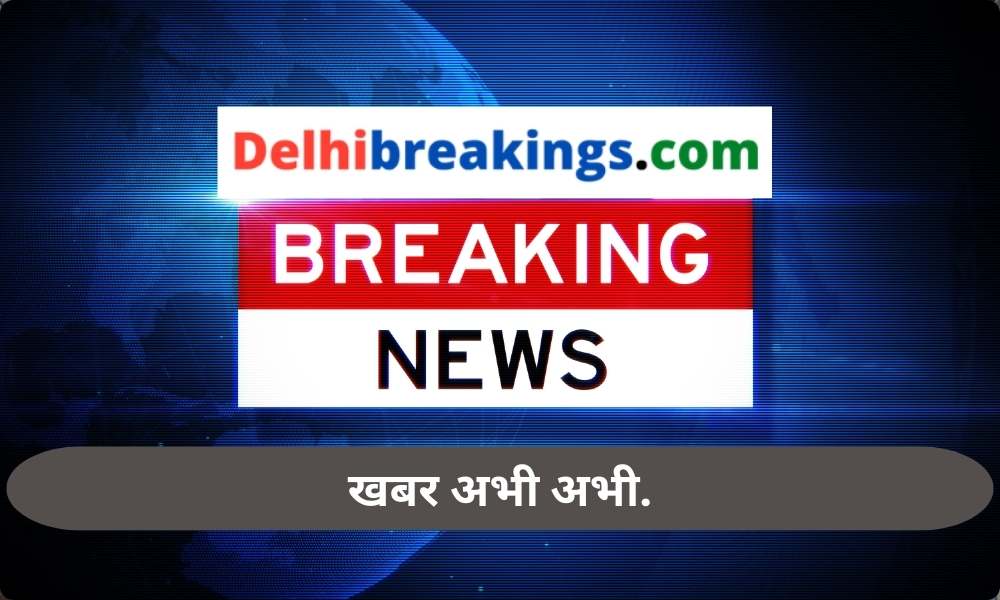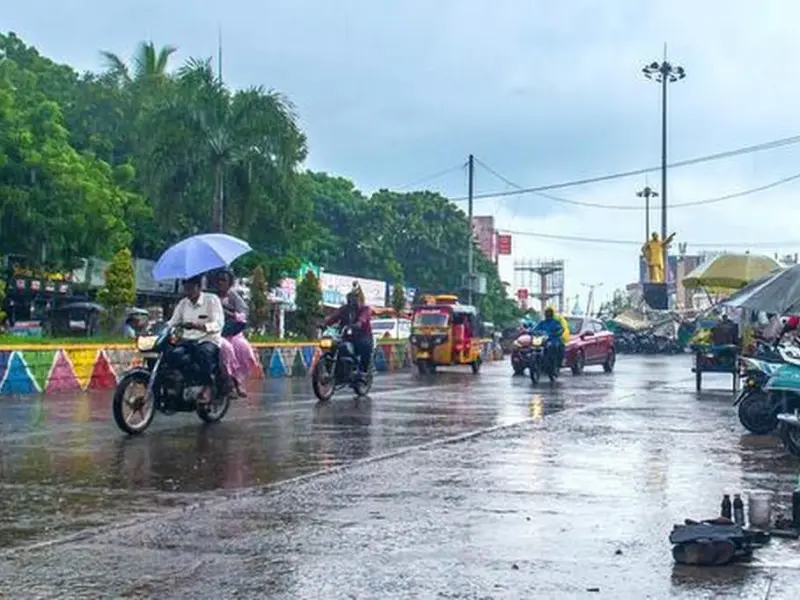The National Capital Region Transport Corporation (NCRTC) is accelerating its efforts to bring the Rapid Rail Transit System (RRTS) to life. A significant milestone is approaching as the corporation prepares for the trial run of the Namobharat train on the New Ashok Nagar – Sahibabad section in November.
Delhi-Meerut RRTS: A Closer Look
The RRTS, also known as RapidX, is India’s first semi-high-speed regional rail network. It aims to connect key cities in the National Capital Region (NCR), drastically reducing travel time and enhancing connectivity. The Delhi-Meerut corridor, a crucial part of this project, spans 82 kilometers and features a mix of elevated and underground sections.
Progress and Preparations:
- Track Completion: The down line track between Sahibabad and New Ashok Nagar is already operational. Work is underway to complete the track for the second line.
- Station Readiness: Key stations like Sahibabad, Anand Vihar, and New Ashok Nagar are nearing completion, with finishing touches being applied.
- Integration with Existing Transit: The RRTS stations are strategically designed to integrate with other modes of transport, such as the Delhi Metro and the Hazrat Nizamuddin railway station, ensuring seamless transfers for commuters.
- Focus on Passenger Amenities: The stations will offer modern amenities, including foot overbridges (FOBs) for easy access and convenient connections to nearby areas.
Trial Run and Beyond:
The upcoming trial run in November will test the system’s performance and reliability under real-world conditions. If successful, it will pave the way for the official launch of passenger operations, expected by December 2024 or January 2025.
Benefits of RRTS:
- Faster Travel: The RRTS will significantly reduce travel time between Delhi and Meerut. For example, the journey from Delhi to Meerut, which currently takes hours, will be completed in under an hour.
- Reduced Congestion: By providing a fast and efficient alternative to road travel, the RRTS is expected to alleviate traffic congestion on major highways.
- Environmental Impact: As an electric-powered mode of transport, the RRTS will contribute to reducing air pollution and promoting sustainability.
- Economic Growth: Improved connectivity is expected to boost economic development in the region, attracting investment and creating jobs.
Challenges:
While the RRTS project is progressing rapidly, it has faced challenges such as land acquisition issues and ensuring seamless coordination between different agencies involved in the construction and operation of the system.





